Hot upstairs, cool downstairs
mattpete
13 years ago
Featured Answer
Sort by:Oldest
Comments (19)
fetzer85
13 years agodrewguy
13 years agoRelated Professionals
Fontana Solar Energy Systems · Lynn Solar Energy Systems · Palm Springs Solar Energy Systems · Nutley Solar Energy Systems · Azalea Park Solar Energy Systems · Bay Point Home Automation & Home Media · Lenexa Home Automation & Home Media · Newark Home Automation & Home Media · North Wantagh Home Automation & Home Media · South Lake Tahoe Home Automation & Home Media · West Elkridge Home Automation & Home Media · East Setauket Home Automation & Home Media · Hoffman Estates Fireplaces · Quincy Fireplaces · Chester Fireplacescreek_side
13 years agomattpete
13 years agodavid_cary
13 years agoSaltiDawg
13 years agoqdwag
13 years agomattpete
13 years agoSaltiDawg
13 years agocreek_side
13 years agoqdwag
13 years agofetzer85
13 years agocreek_side
13 years agodedtired
13 years agodougl99
13 years agomattpete
13 years agocreek_side
13 years agomattpete
13 years ago
Related Stories
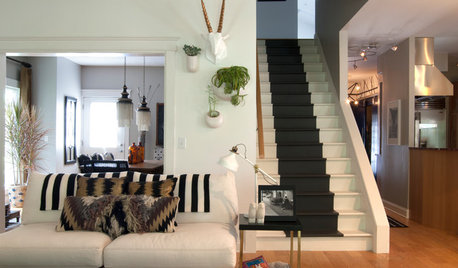
STAIRWAYSThe Upstairs-Downstairs Connection: Picking the Right Stair Treatment
Carpeting, runner or bare wood? Check out these ideas for matching your staircase floor treatment to upstairs and downstairs flooring
Full Story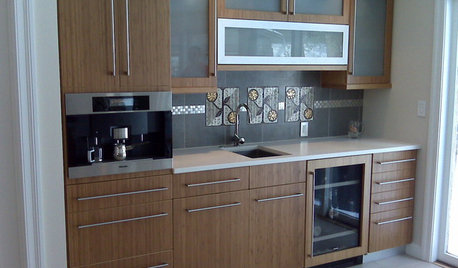
KITCHEN DESIGNHot Ideas and Tips for Coffee and Tea Stations
Let options like drawer inserts and built-in coffeemakers percolate now, so your hot-drinks station can best serve holiday guests
Full Story
COLOR4 Hot Color Trends to Consider for 2013
Bring some zing to your rooms for the new year, with high-energy shades that open the eyes and awaken the spirit
Full Story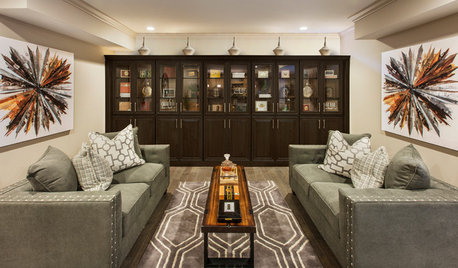
BASEMENTSThe Hot List: Beautified Basements
Nab function and styling ideas from the most popular basement photos on Houzz so far this year
Full Story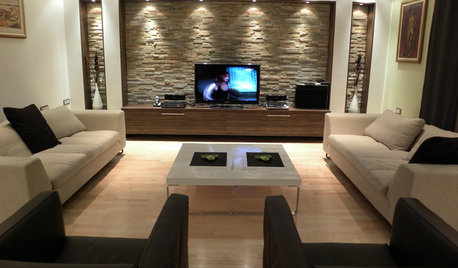
MORE ROOMSBeat the Heat: Escape to the Basement
When It's Too Hot or Rainy, Bring the Party Downstairs
Full Story
LIVING ROOMSDrop In on a Hot Comeback With a Sunken Living Room
Take the plunge into a new kind of practicality with an interior design feature that has a rich history
Full Story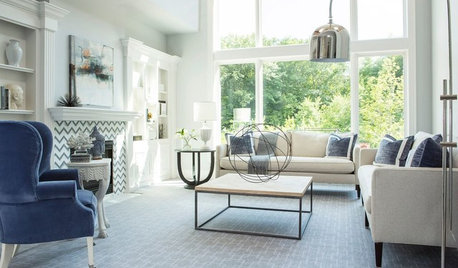
REMODELING GUIDES11 Reasons to Love Wall-to-Wall Carpeting Again
Is it time to kick the hard stuff? Your feet, wallet and downstairs neighbors may be nodding
Full Story
LIFEA Month-by-Month Guide to ‘Downton Abbey’ Withdrawal
Missing Lady Grantham’s zingers? Edith’s furrowed brow? Romance simmering downstairs? Here’s help to get you through until season 6
Full Story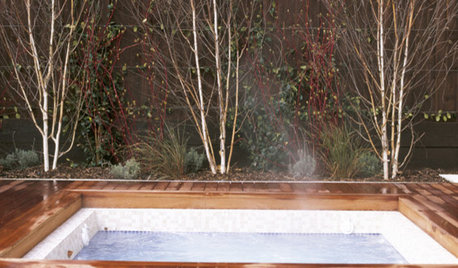
DREAM SPACESJust a Few Things for the Dream-Home Wish List
A sunken hot tub, dedicated game room, tree house, hidden wine cellar and more. Which of these home luxuries would you like best?
Full Story
WOODKnotty and Nice: Highly Textured Wood Has a Modern Revival
Whether it's cedar, fir or pine, if a wood has a knot, it's hot
Full Story







srercrcr